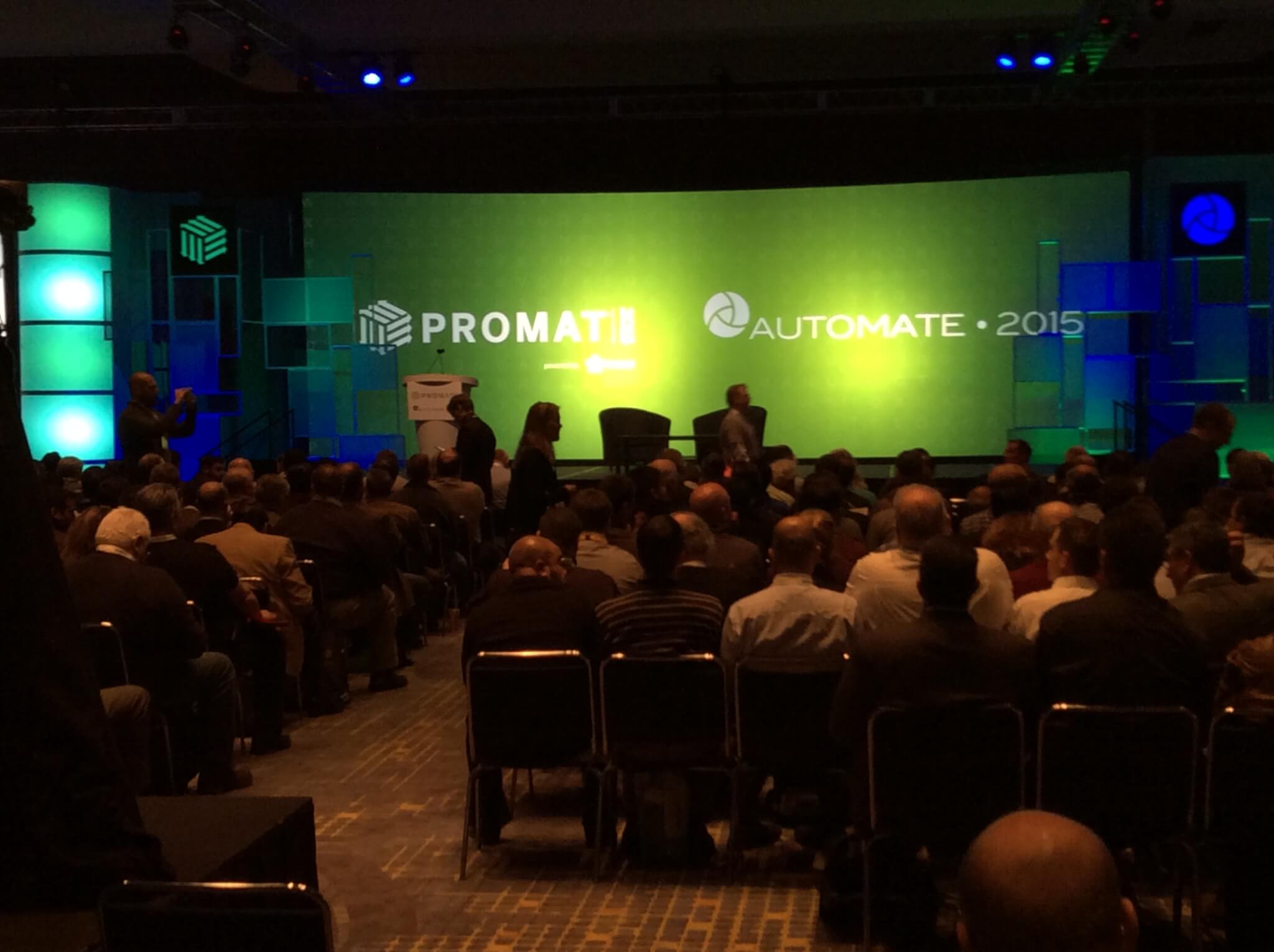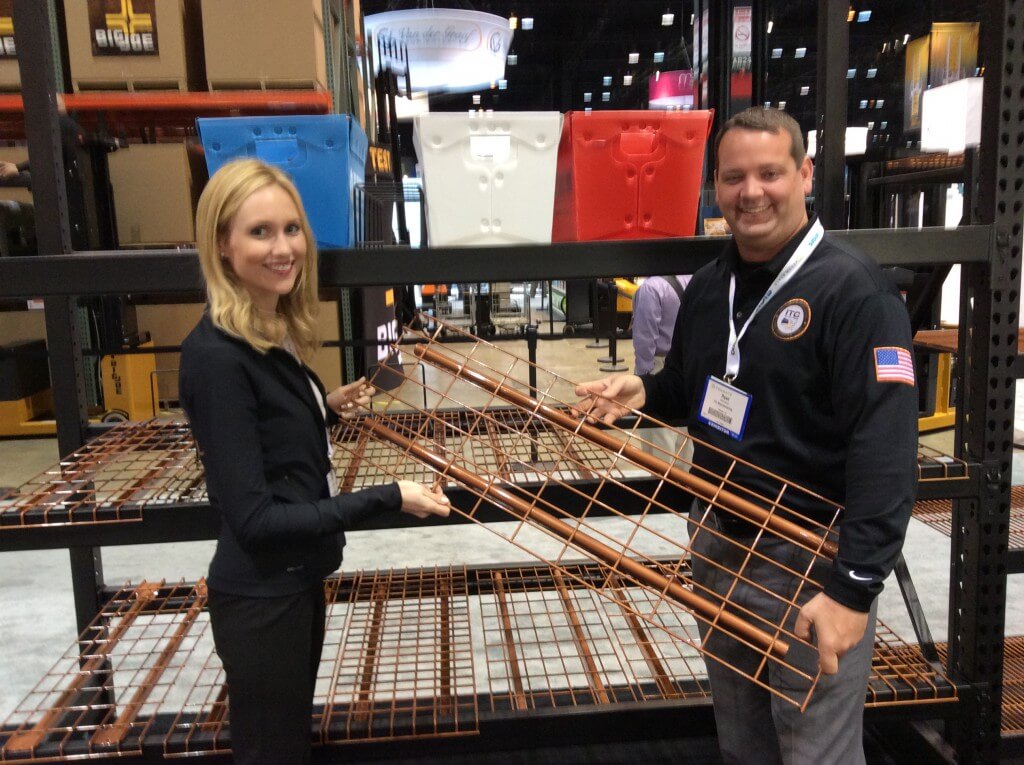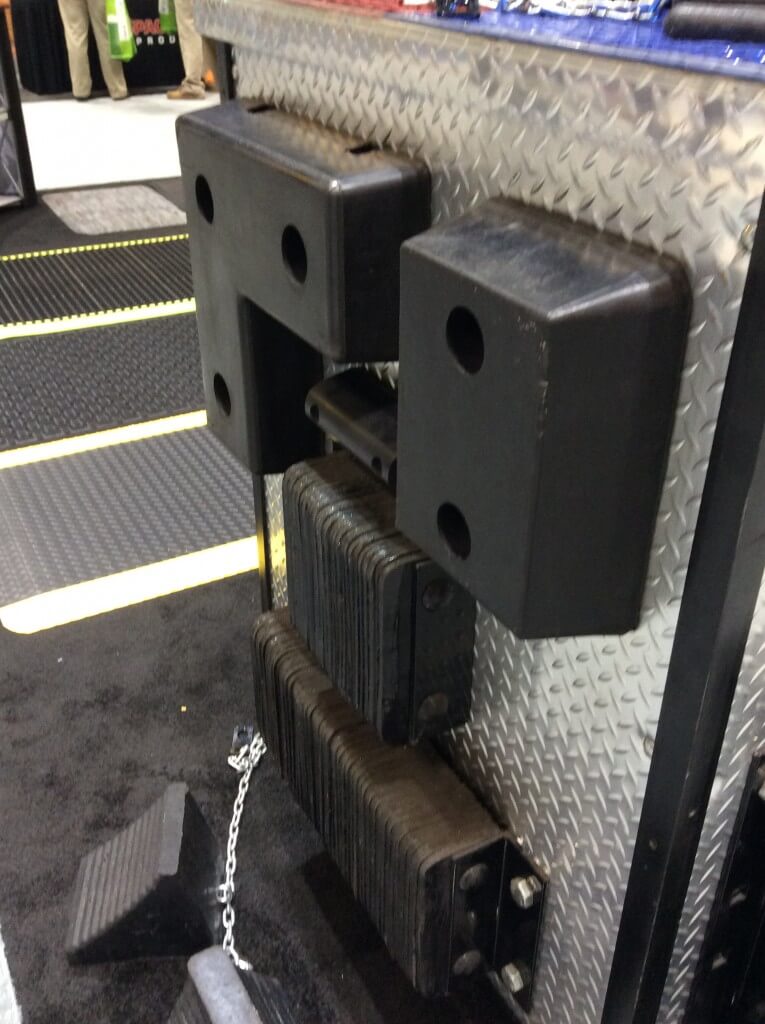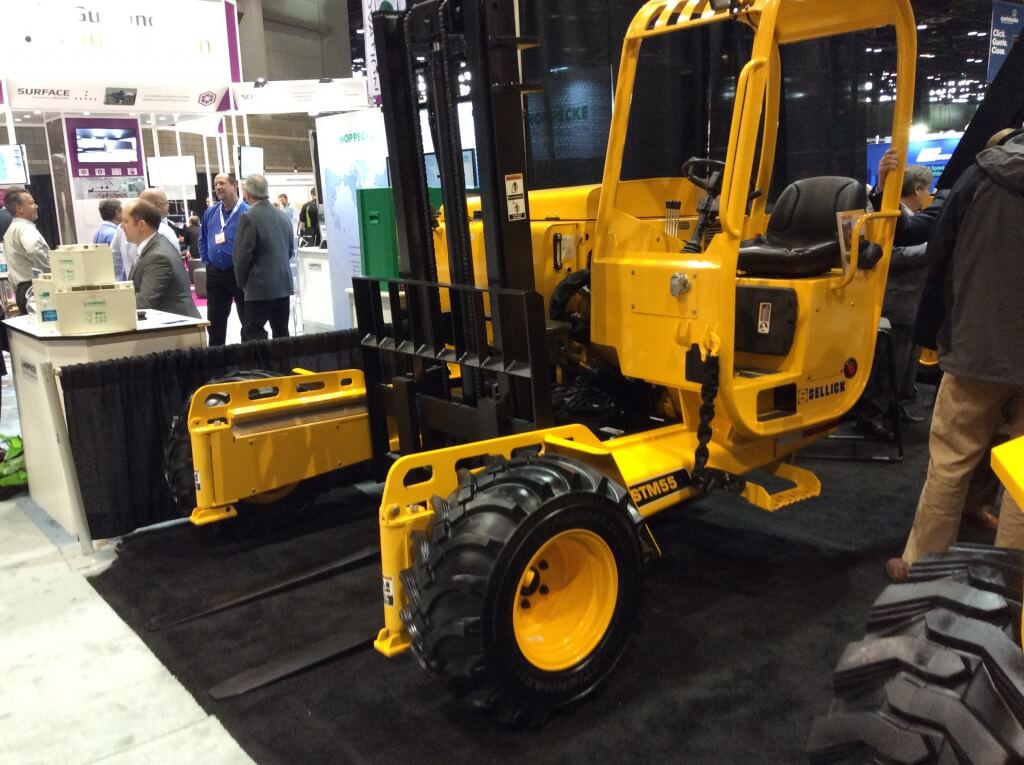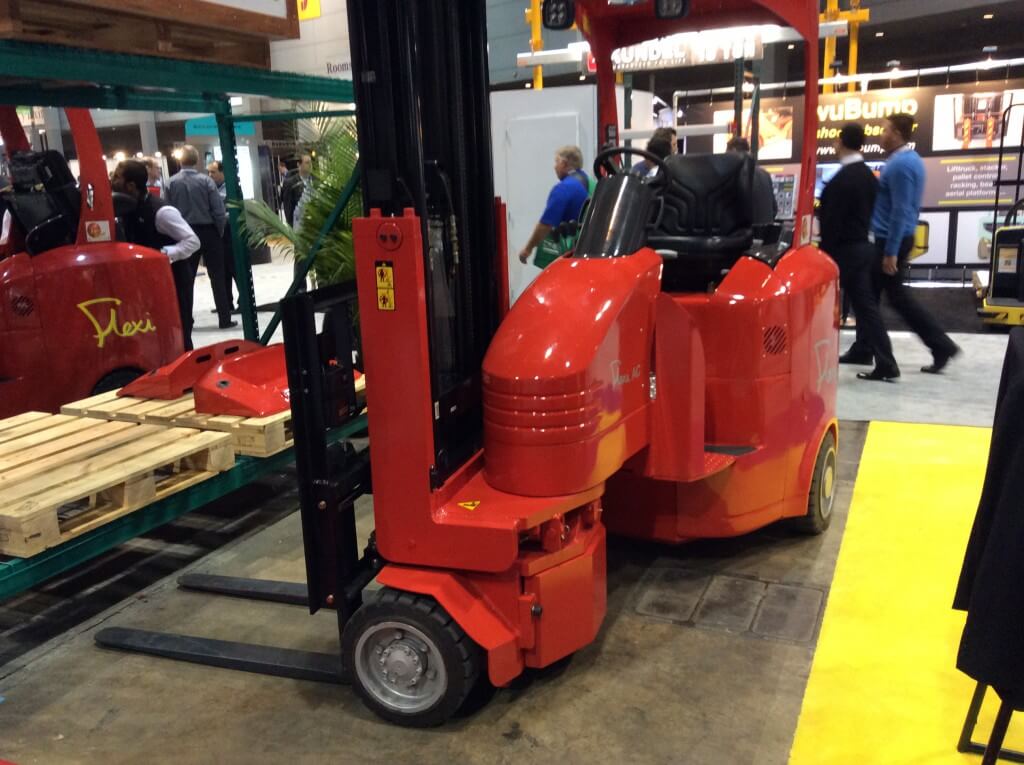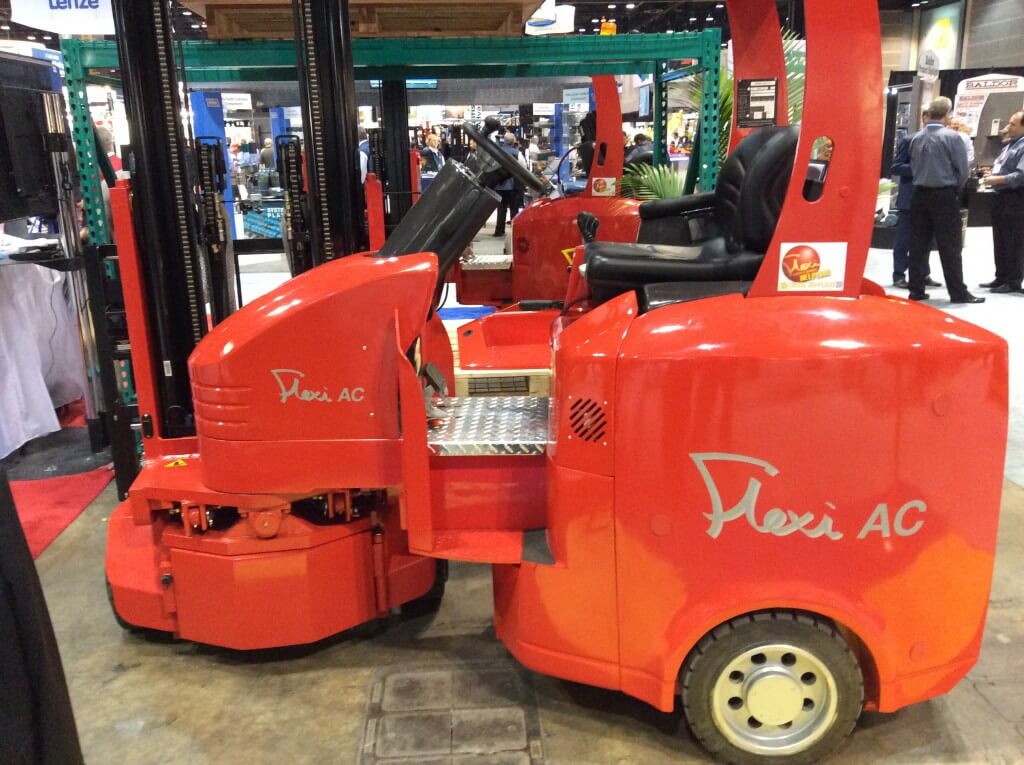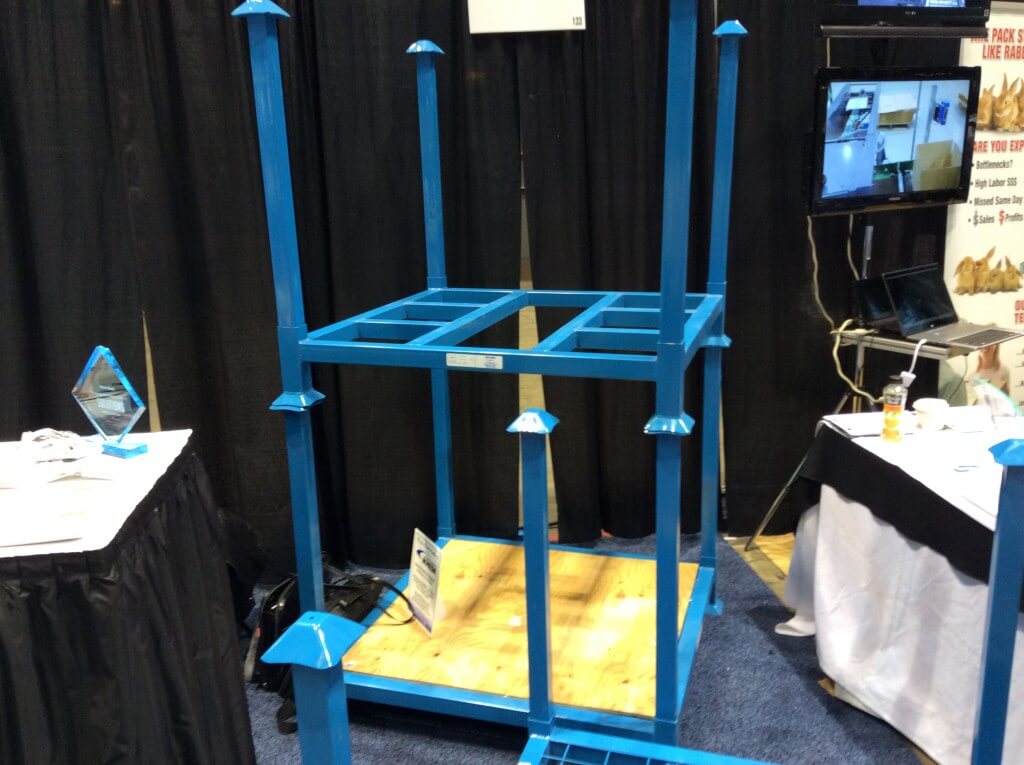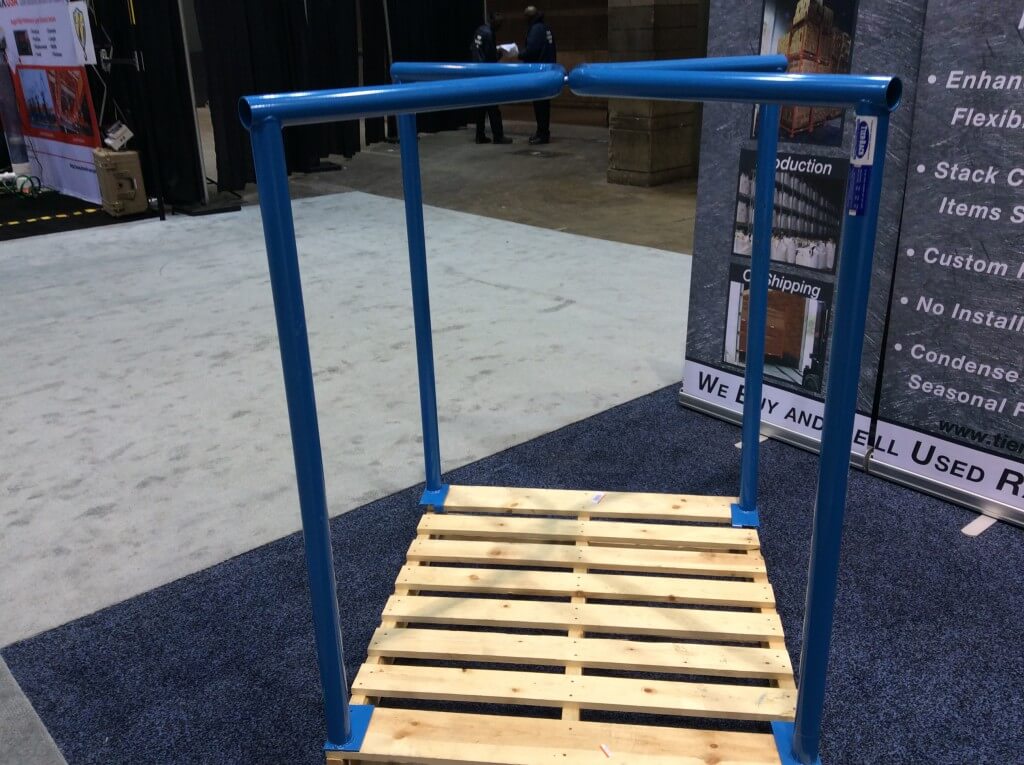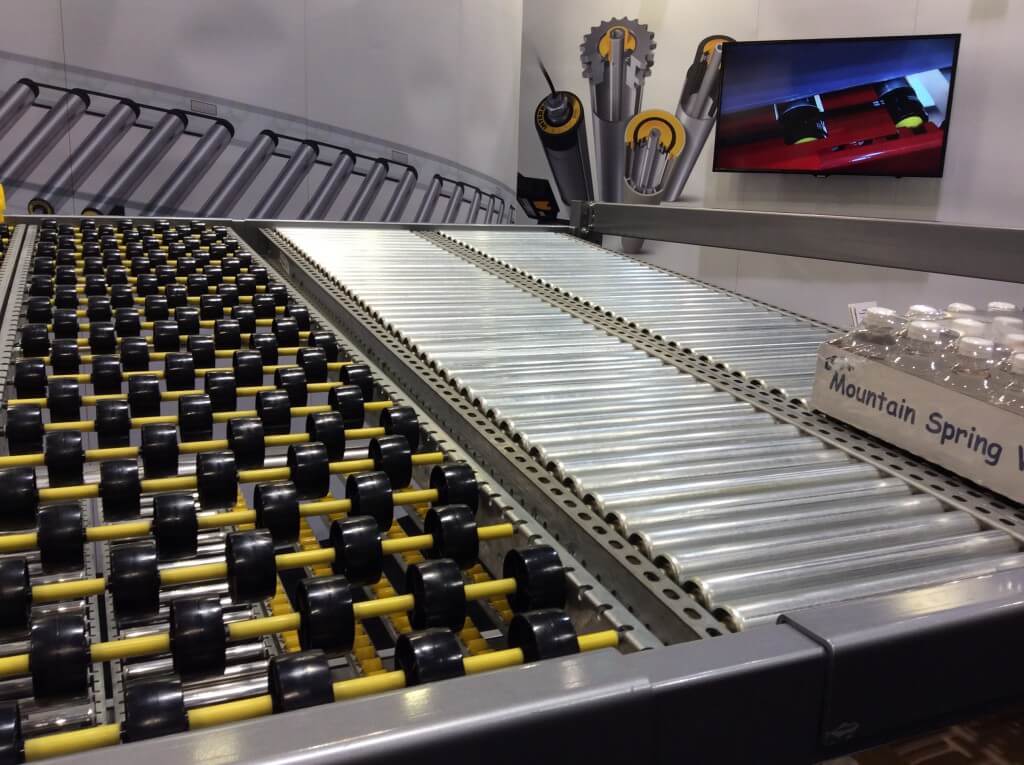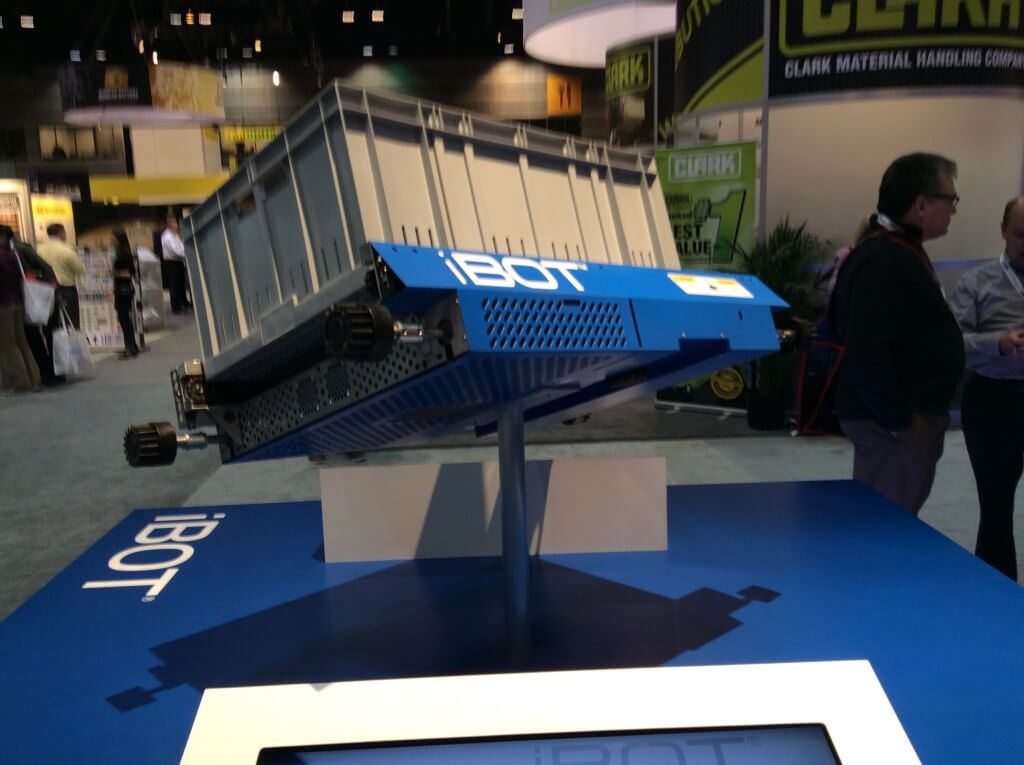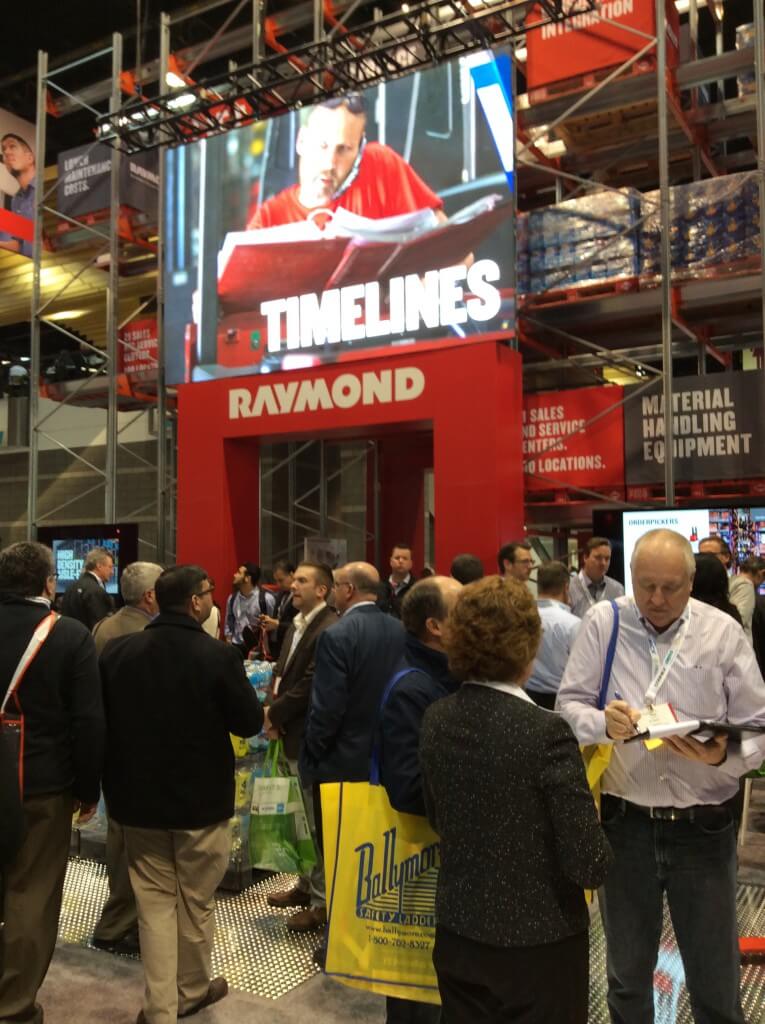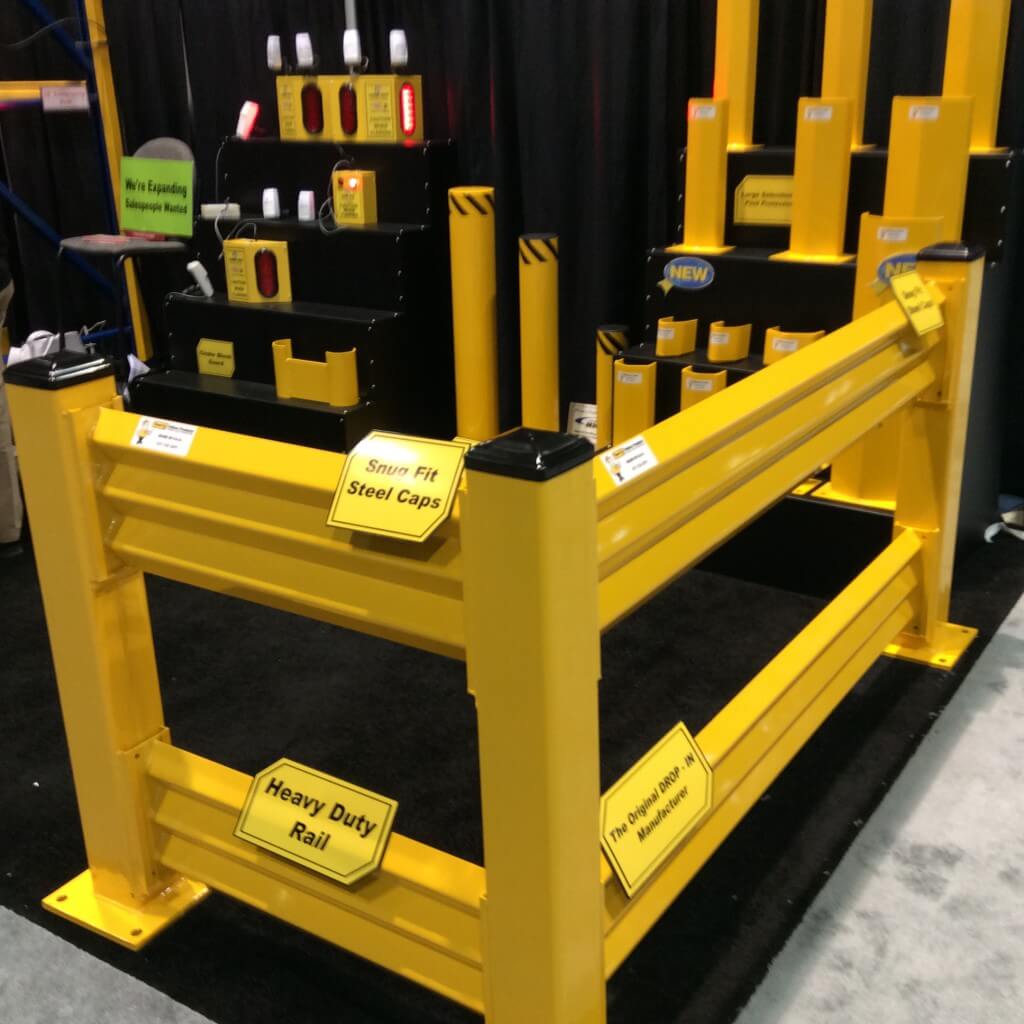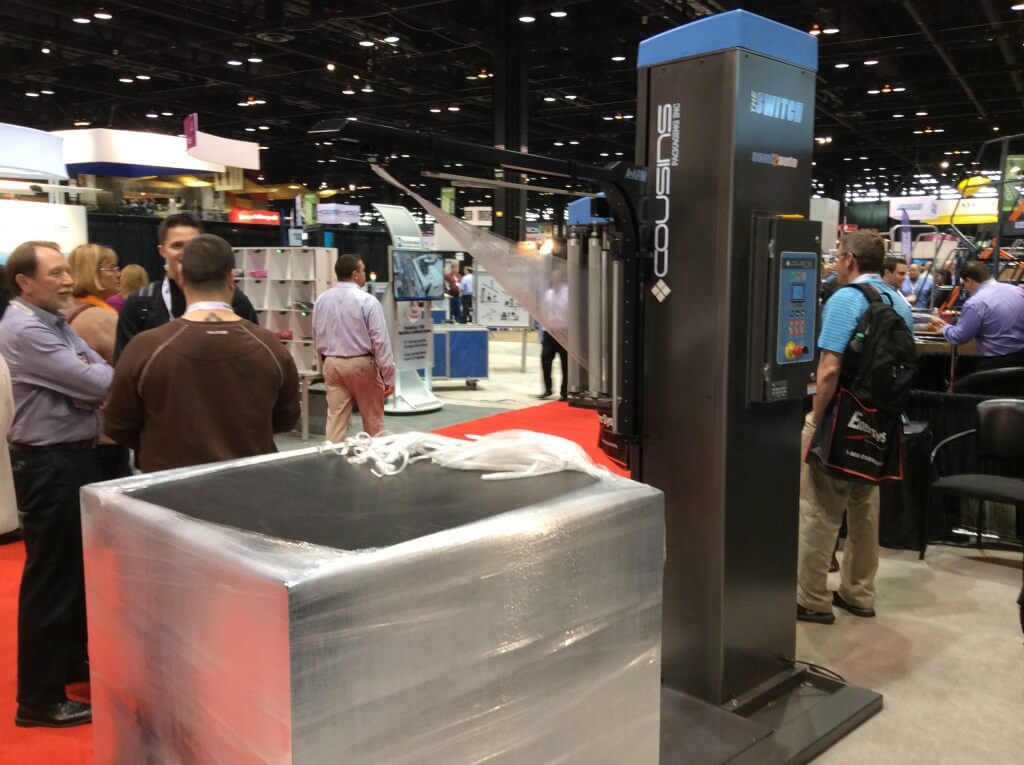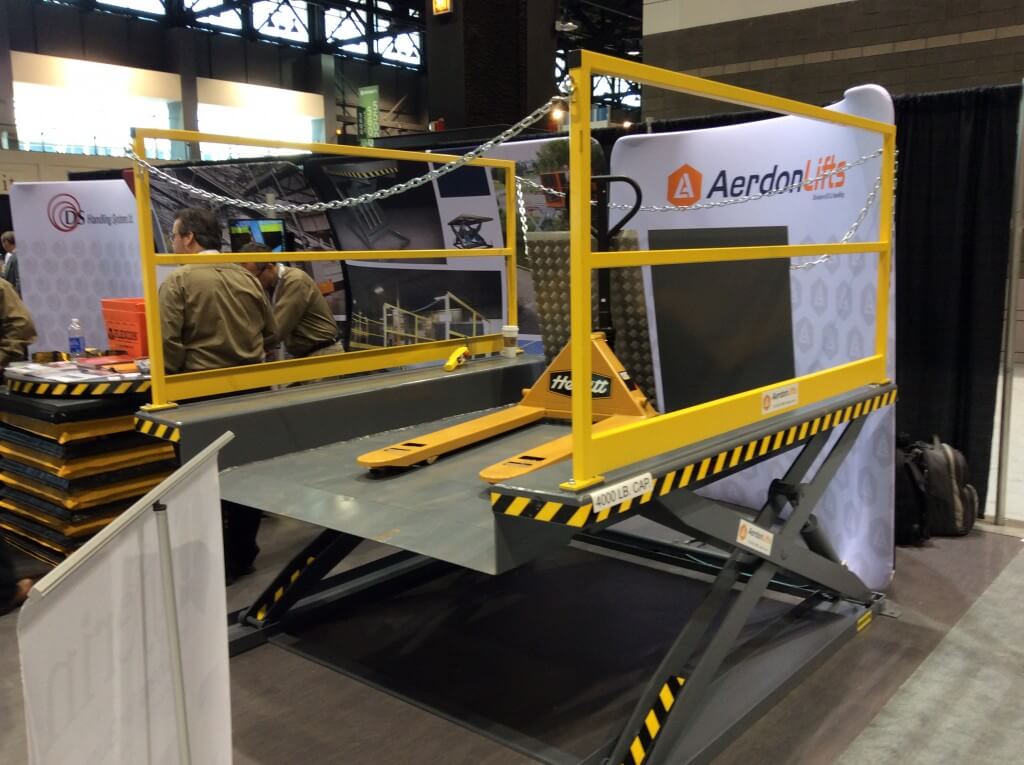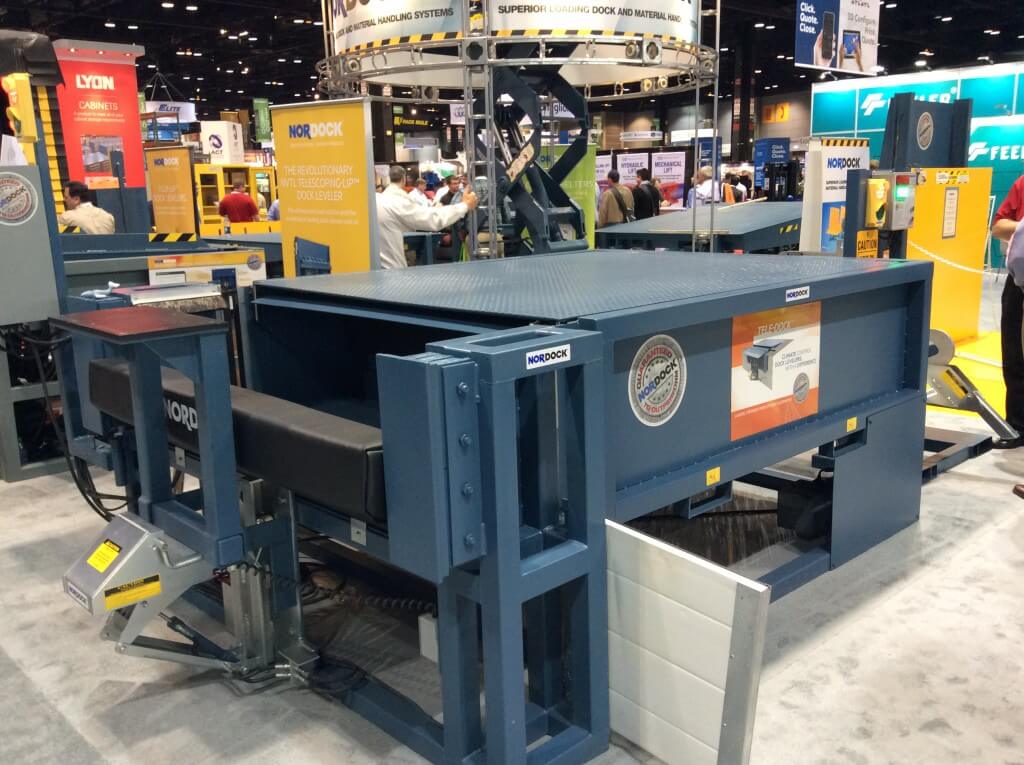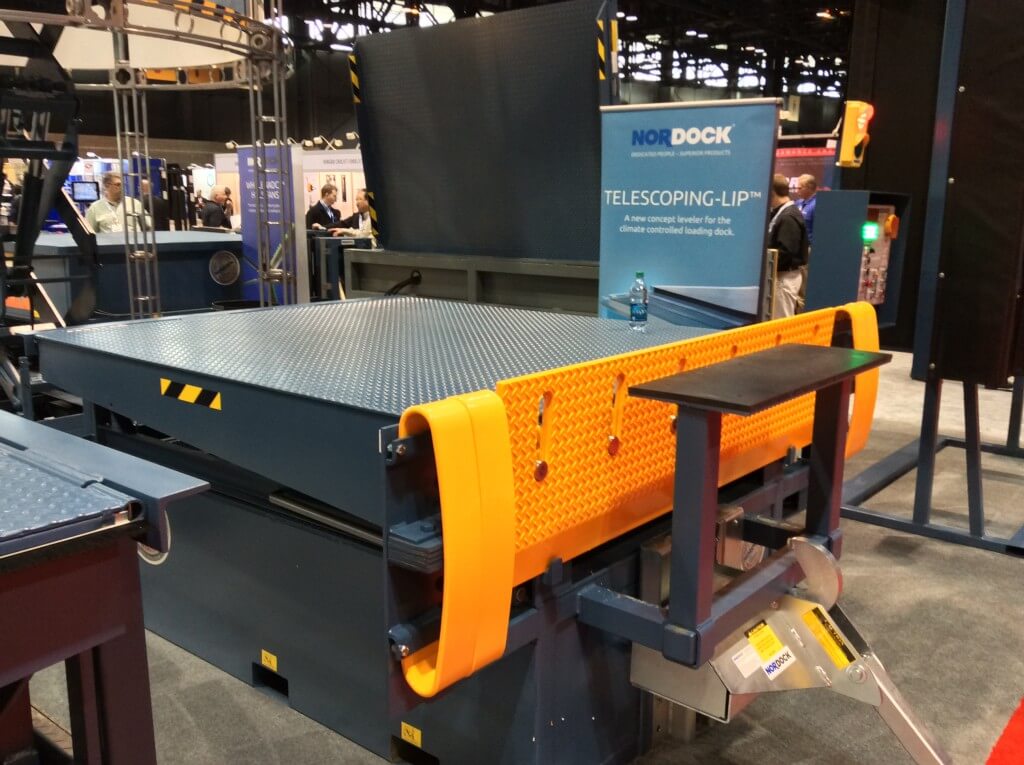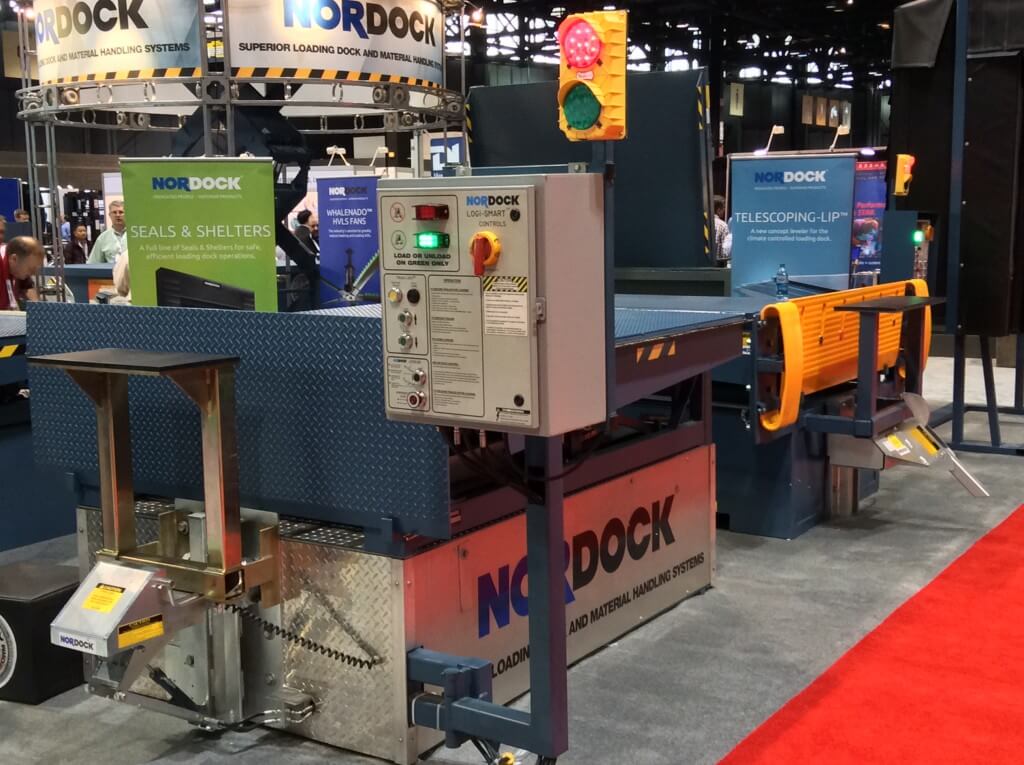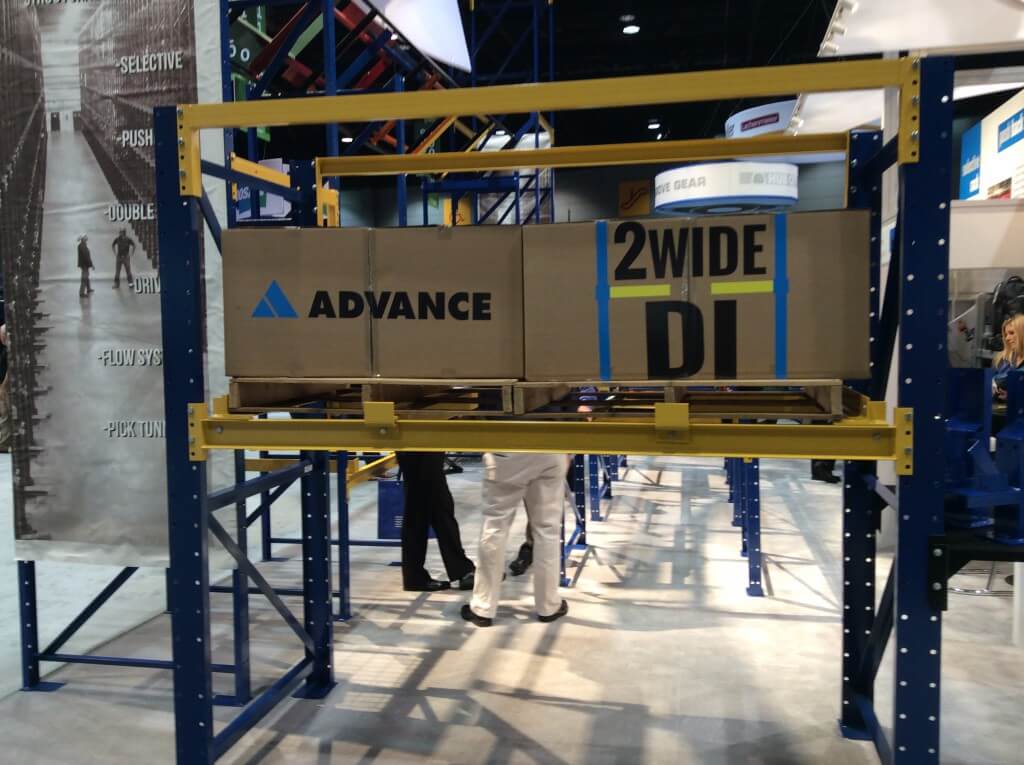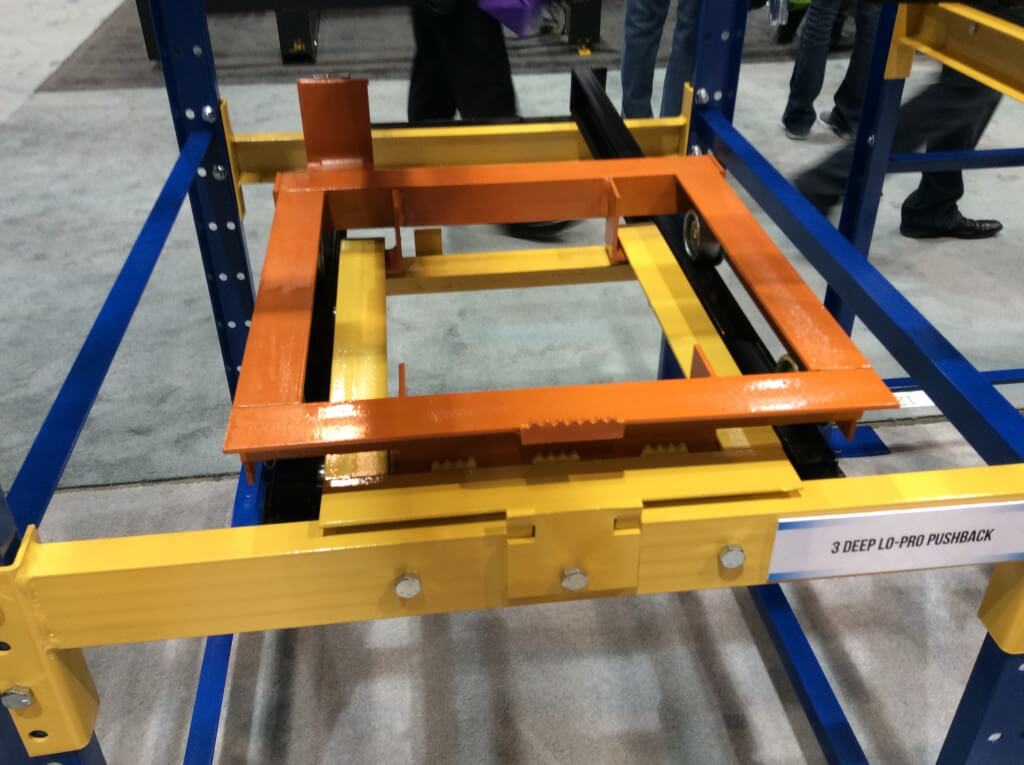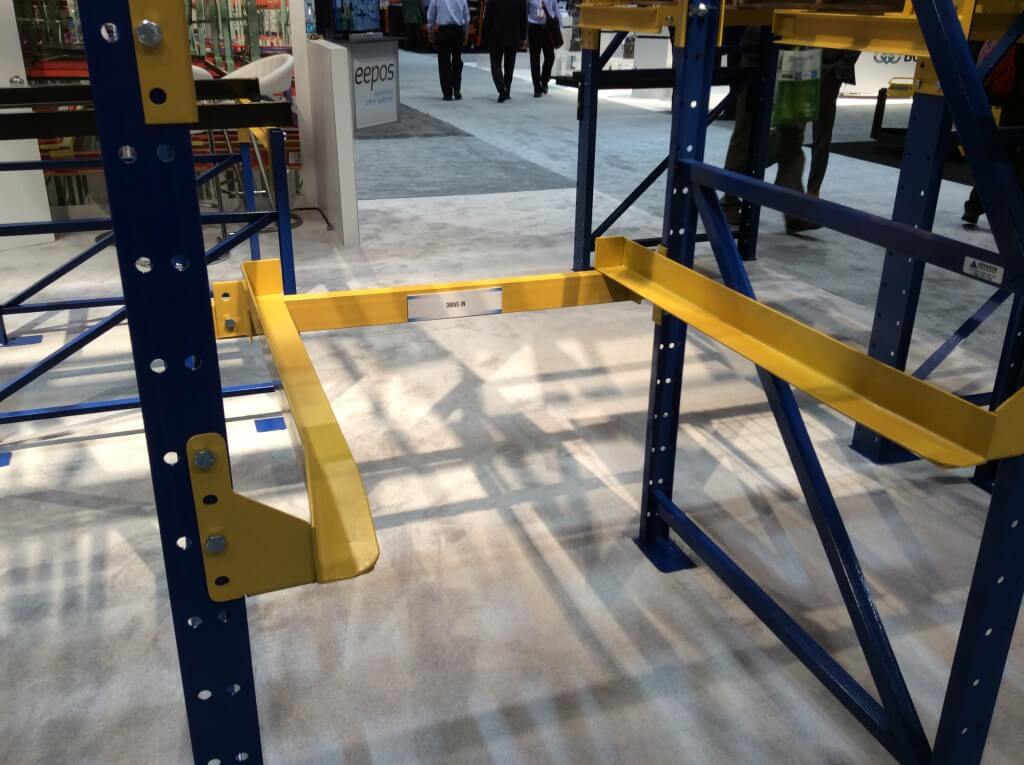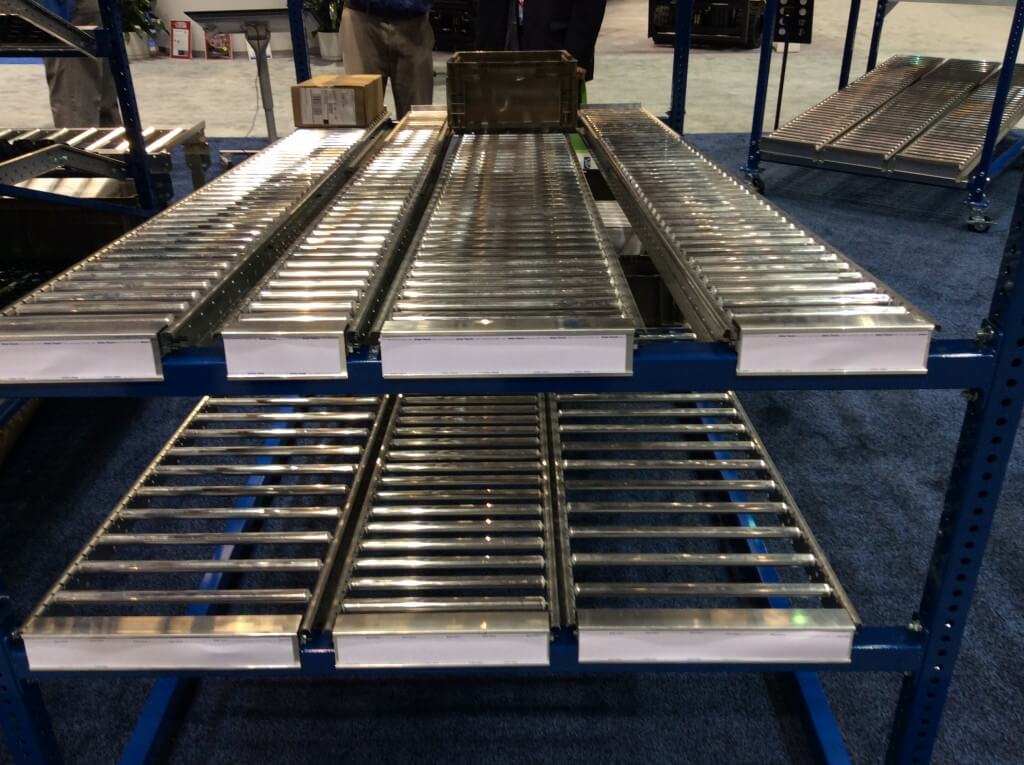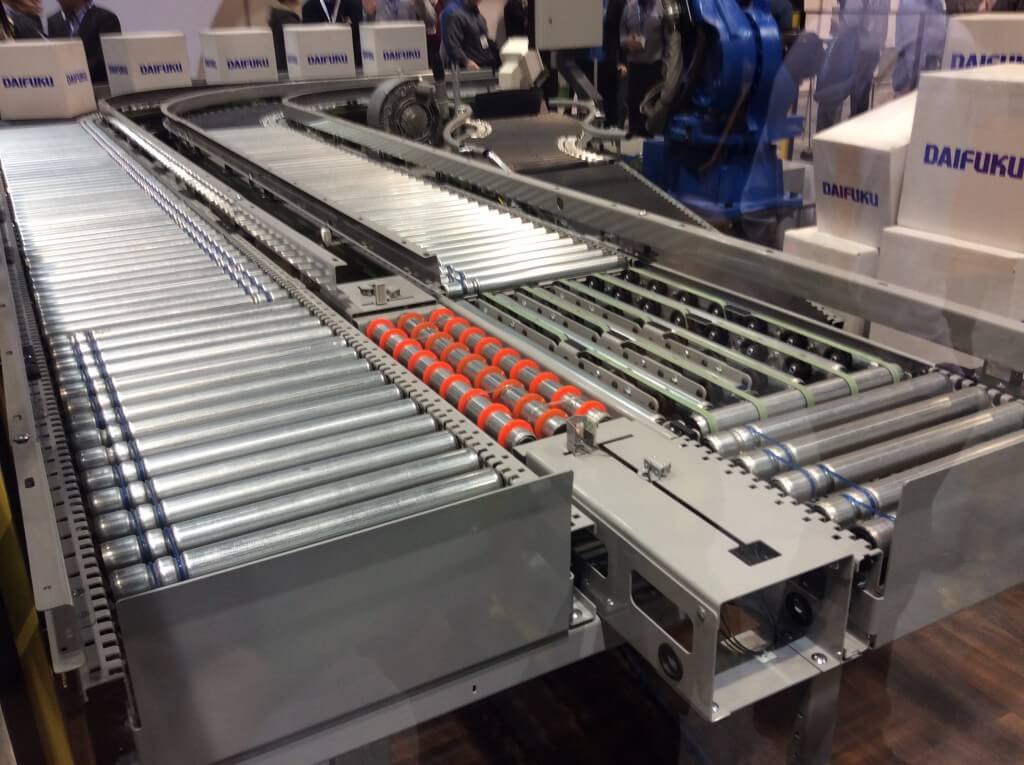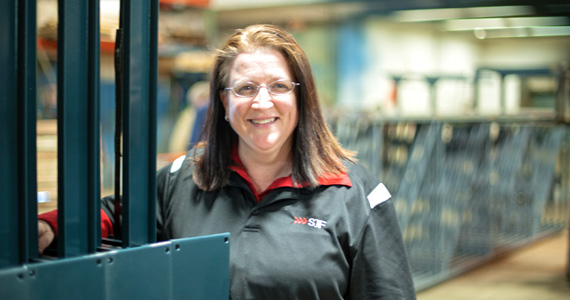Today’s post is courtesy of Bryan Hellman
How long have robots been around?
The mathematician, Archytas, created the first robot in 400 BC, and robots have been a fascination of humanity ever since. Robots come with all different shapes and capabilities, but one of the most common applications of robotics is in manufacturing. Since the early 1960s, robots have revolutionized and streamlined material handling.
It began with a focus on automation in manufacturing, as Ford Motor Company’s Vice President quickly realized the need for improved material handling in order to compete with Chevrolet. Once automation began to spread in the manufacturing market, robotics quickly followed. George Devol and Joseph Engelberger founded Unimation, Inc. in 1961, and they introduced the world’s first industrial robot into an assembly line in a General Motors factory.
The First Industrial Robot
This robot was a robotic arm titled, Unimate #001. Unimation robots were also known as programmable transfer machines since their primary purpose was to transfer objects over a distance of about twelve feet. These robots used hydraulic actuators, with the joint angles stored during a teaching phase and replayed during operation. 1
Advancements in computing and robotics led to more development of robots such as the Stanford arm in 1969. This was an all-electric, 6-axis articulated robot invented by Victor Scheinman at Stanford University. The Stanford arm was able to accurately follow arbitrary paths in space and eventually spread the use of robotics outside of the field of material handling and into areas such as assembly and welding. 2
Unimation licensed their technology to Kawasaki Heavy Industries and GKN, and by the late 1970’s many US companies as well as several Japanese conglomerates began to build even more industrial robots. This led to robots that were capable of handling materials of a heavier weight at a faster speed and with more reliability. They were controlled by programmable logic controllers (PLCs), which allowed for easy programming and reliable control. PLCs have since been replaced using modern software, improving the capabilities of industrial robots and allowing for more sophisticated control.
Industrial Robots Become Autonomous and Mobile
In 2003, Kiva systems built autonomous mobile robots (AMRs) to drive inventory around warehouses. Amazon purchased the company in 2012, and it became Amazon Robotics. Most of the robotic advancements in the 2000s took place in research labs, however, as researchers tested and developed more advanced robotic arms in order to deploy them into the global market.
Parameters for Industrial Robots
There are several defining parameters of industrial robots used in material handling. The first is the number of axes, which determines the mobility and degrees of freedom of which the robot is capable. The next is the working envelope, which is how much space the robot can reach. For robots which are meant to transport materials over long distances, a greater working envelope is needed. However, many smaller robots specialize in material handling within confined spaces, increasing the need for accuracy and decreasing the need for greater mobility.
The amount of weight a robot can lift is called the carrying capacity or payload. Advancements have allowed robots to lift much heavier payloads than ever before, outperforming human workers faced with the same task. Speed is another defining parameter of industrial robots, as well as how quickly the axis can accelerate. And the level of repeat-ability is one of the most important criterions for an industrial robot, as greater repeat-ability means smoother operations and less maintenance.
Robotics as a Material Handling Solution
One example of the use of industrial robots in material handling today is Genesis Systems’ robotic machine tending system. They needed an automated solution for the manual loading and unloading portion of their lathe and part washing processes. Genesis Systems therefore created a robot capable of handling 16-part numbers, processing each part in under 60 seconds. Their robot is capable of operating unattended for at least 45 minutes at a time, eliminating bottlenecks and increasing productivity.
Industrial robots today have allowed manufacturers to fully automate material handling in certain areas, cutting labor costs and reducing bottlenecks. The use of robotics in material handling allows for greater consistency and faster production, as these robots can work round the clock with only a small period of downtime for maintenance. They also reduce the need for humans to perform hazardous and tedious labor, increasing workplace safety.
Kawasaki Robotics offers a series of material handling robots capable of handling up to 1500 kg payload capacity. They also aid material handling with features such as conveyor tracking and collision detection. Their M series robotic arm has the highest payload capacity of 1500 kg and the widest reach of up to 4005 mm. They also have medical and pharmaceutical robots designed specifically for accuracy and cleanliness. 5
The Future of Robotics in Materials Handling
The future of robotics in material handling is a bright one. As manufacturing begins to trend towards the use of multi-arm robots, the robots’ payload capacity will increase as well as their applications. They will also be able to work in conjunction with area scanners to perform three-dimensional bin picking, allowing these robots to perform these tasks in a much faster time than humans can. In addition, they will reduce risk for workers in industries handling parts near hot metals or glass.
Smaller robots will be able to handle tinier, more fragile parts such as electronics or food products. As software improvements allow robots to move faster and more delicately, the amount of damage to these products is reduced. Robots with USDA-certified grippers will also be able to handle raw food directly as the use of robotics grows in the agricultural manufacturing industry. 6
Robotics in Materials Handling are Changing the World
As more research and development is done on industrial robotics, manufacturers are beginning to adopt more robotic technology in material handling. This is leading to safer workplaces and more intelligent robots that can work alongside humans. Although this robotic technology is not universal, it’s certainly moving in that direction. With all the advances of the last few years, it won’t be surprising to see material handling become fully automated in the coming decades.
Bryan Hellman is a writer with DO Supply, Inc. who enjoys writing about Robotics, Automation, and the future applications of AI.








